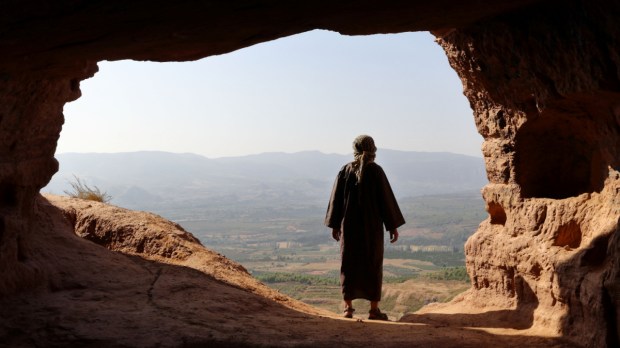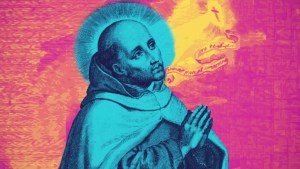Hesychasm is a mystical and contemplative tradition within Eastern Orthodox Christianity (with some reverberations in Western Roman traditions) that emphasizes the practice of inner stillness and repetitive prayer as a means of achieving union with God. The term itself, hesychasm, is derived from the Greek word hesychia, which translates to stillness and, by extension, to silence – as if nothing would be able to de-center the soul from its being constantly in the presence of God. As a practice, hesychasm emerged in the Byzantine Empire during the late 13th and early 14th centuries and has since become a significant aspect of Orthodox Christian spirituality.
Individuals who practice hesychasm are referred to as hesychasts. They engage in a disciplined, focused, methodic approach to prayer and meditation in the pursuit of hesychia – a state of inner quietness where practitioners seek to direct their attention inwards, away from the distractions of the external world. This, with an ultimate goal of experiencing the presence of God in the depths of one’s own heart, so that one can then live accordingly to that presence.
Central to hesychasm is the Jesus Prayer, a short, repetitive invocation that, in most versions, reads “Lord Jesus Christ, Son of God, have mercy on me, a sinner.” Hesychasts repeat this prayer continuously (silently or aloud), following St. Paul’s advice found in 1 Thessalonians 5:17 to “pray without ceasing.” In order to do this, hesychasts often try to coordinate the recitation of this prayer with their breath, as if uniting mind and body in focused contemplation. The repetitive nature of the prayer is believed to lead the practitioner into a state of deep spiritual awareness and communion with God.
Hesychasm can also involve specific bodily postures. These postures (kneeling, clasping one’s hands, extending one’s arms in a cross) help seekers understand they are indeed constantly in the presence of God – so that the hesychast becomes receptive to this divine presence.
It should be said that hesychasm has been a source of both spiritual renewal and controversy within the Eastern Orthodox Church, with debates arising over its legitimacy and the nature of the experiences claimed by some of its practitioners. Nonetheless, it remains an integral part of Orthodox Christian spirituality for those who seek ways to deepen their experience of God through contemplative practice – especially if an extra dose of focus is required.



